Introduction
Public Transportation is a system that connects cities and makes travel easier for the general public. However, improving this system has always been a challenge. In this article, we will discuss public transportation routes, delays, and improvements in detail, and also explore how these updates ‘s livesaffect ordinary people’s lives.
Public Transportation Routes: An Overview
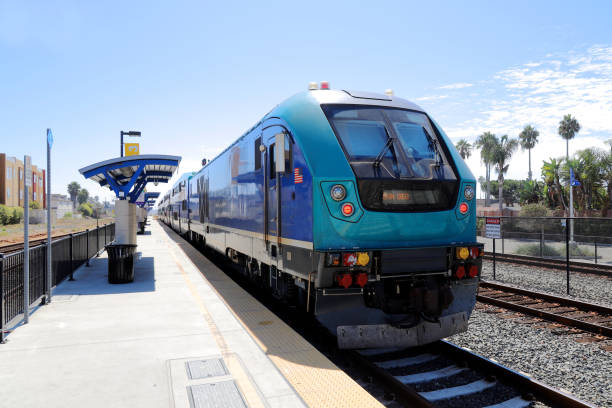
Public transportation routes connect various areas of cities. These routes are operated through buses, trains, trams, and metro services. Each city has its unique network designed according to local needs and population density.
Recent Updates in Routes
Nowadays, many updates are being made to public transportation networks. Routes are being redesigned to provide more efficient and convenient travel facilities. These updates include not only the addition of new routes but also the improvement of existing ones.
New Routes Introduction
The introduction of new routes is done keeping in mind the new developments and growth of cities. As cities expand, new routes are created to connect new residential and commercial areas. These routes are typically developed in collaboration with local governments and transportation authorities.
Route Modifications and Adjustments
Sometimes, modifications to routes are necessary. These modifications are usually based on traffic congestion, local demands, and infrastructure changes. Updates related to route modifications are communicated to the public promptly so they can adjust their travel plans accordingly.
Impact of Route Changes on Commuters
Changes in routes have a direct impact on commuters’ daily routines. If there are changes in routes, commuters need to adjust their travel plans. This impact may manifest as time delays, route complexity, and connectivity issues. It is the responsibility of transportation authorities to inform commuters about these changes in advance.
Transportation Delays: Causes and Solutions
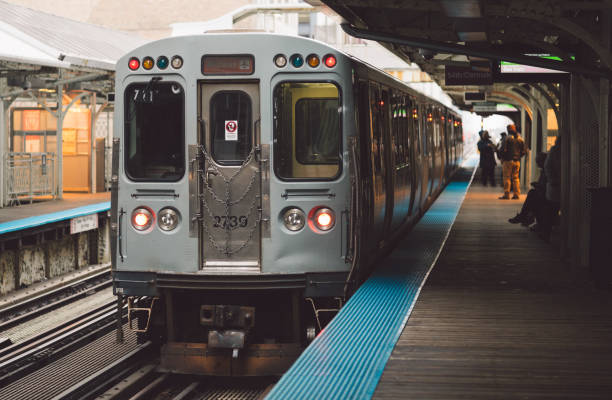
Delays in public transportation are a common issue caused by various factors. Common causes of these delays include traffic congestion, mechanical issues, and weather conditions. Authorities need to implement effective solutions to minimize these delays.
Common Causes of Delays
- Traffic Congestion: Traffic congestion in major cities is a common issue that affects the timely movement of buses and trains.
- Mechanical Failures: Mechanical failures in vehicles and trains can also cause delays.
- Weather Conditions: Extreme weather conditions, such as rain and snow, can disrupt transportation services.
Strategies to Minimize Delays
- Real-Time Tracking Systems: Real-time tracking systems are being implemented in public transportation networks to monitor and manage delays.
- Regular Maintenance: Regular maintenance of vehicles and infrastructure can prevent mechanical issues and breakdowns.
- Traffic Management: Implementing traffic management strategies also helps in reducing delays.
Infrastructure Improvements
Improvements in public transportation infrastructure are an important aspect of city development. Updates related to infrastructure improvements include the addition of new stations, bus stops, and better facilities. These improvements are made to enhance the commuter experience.
New Stations and Facilities
The construction of new stations and facilities expands the public transportation network. These new stations provide accessible and convenient travel options for commuters. Facilities such as clean restrooms, seating areas, and ticket vending machines are also being improved.
Upgraded Vehicles
Upgraded vehicles and modern technology enhance public transportation services. New buses and trains equipped with advanced features and comfort options provide a more convenient and enjoyable travel experience for commuters.
Accessibility Improvements
Making public transportation services accessible to everyone is a major goal. Accessibility improvements include ramps, elevators, and dedicated spaces for disabled individuals. These improvements ensure that every individual can benefit from transportation services.
Technology Integration
Technology integration helps modernize public transportation services. Smart ticketing systems, mobile apps, and digital information boards are important aspects of technology that provide commuters with updated and accurate information.
Smart Ticketing Systems
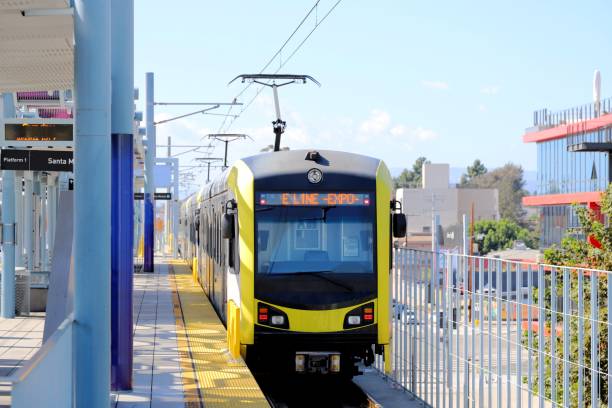
Smart ticketing systems, such as contactless cards and mobile payments, make travel easier and quicker for commuters. These systems are replacing traditional ticketing methods and providing a seamless travel experience.
Mobile Apps for Real-Time Information
Mobile apps provide real-time information to commuters, such as bus and train timings, delays, and route changes. These apps make public transportation more user-friendly and convenient.
Environmental Impact of Transportation Updates
Updates in public transportation also have an environmental impact. New vehicles and infrastructure improvements can reduce carbon emissions and pollution. The implementation of green technologies and sustainable practices makes transportation systems eco-friendly.
Adoption of Green Technologies
Green technologies, such as electric buses and renewable energy sources, reduce the environmental footprint of transportation systems. These technologies are important for long-term sustainability and environmental protection.
Future Trends in Public Transportation
The future of public transportation is filled with innovation and technology. Autonomous vehicles, smart infrastructure, and artificial intelligence will make transportation systems more advanced and efficient.
Autonomous Vehicles
Autonomous vehicles, or self-driving buses and cars, will take public transportation to the next level. These vehicles will reduce traffic accidents and human errors, enhancing safety and efficiency.
AI and Machine Learning
Artificial Intelligence and machine learning algorithms help optimize transportation networks and improve decision-making. These technologies aid in traffic management, route planning, and customer service.
Public Participation and Feedback
Public participation and feedback are important for transportation updates. Considering commuter feedback and suggestions helps transportation authorities improve services. Regular surveys and public consultations are used to collect feedback.
Importance of Community Feedback
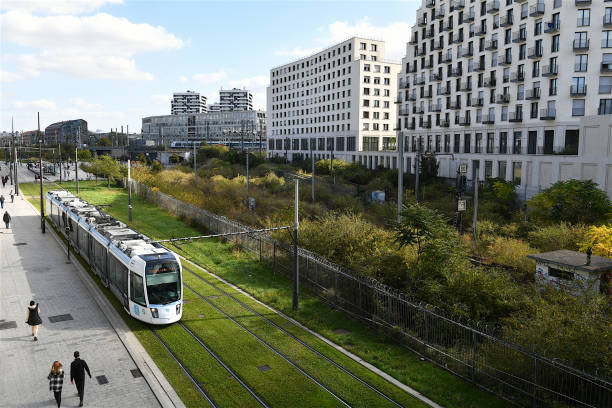
Community feedback helps improve the quality of public transportation services. This feedback is used to enhance route planning, service quality, and the overall commuter experience.
Conclusion
Updates in public transportation routes, delays, and improvements are crucial for cities and commuters. These updates aim to modernize transportation systems, reduce delays, and enhance the overall commuting experience. Effective planning, technology integration, and community feedback can further improve public transportation.
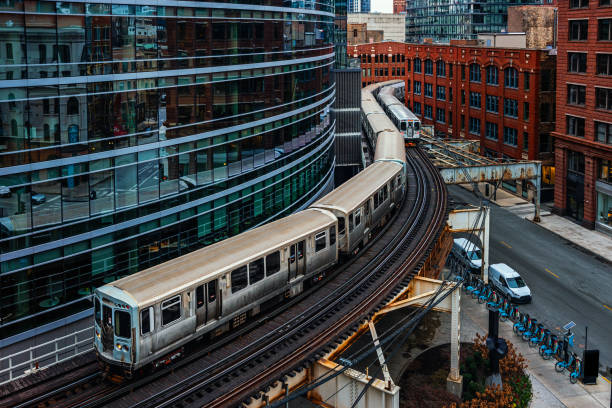
dodb buzz Very well presented. Every quote was awesome and thanks for sharing the content. Keep sharing and keep motivating others.
BYU Cougars very informative articles or reviews at this time.